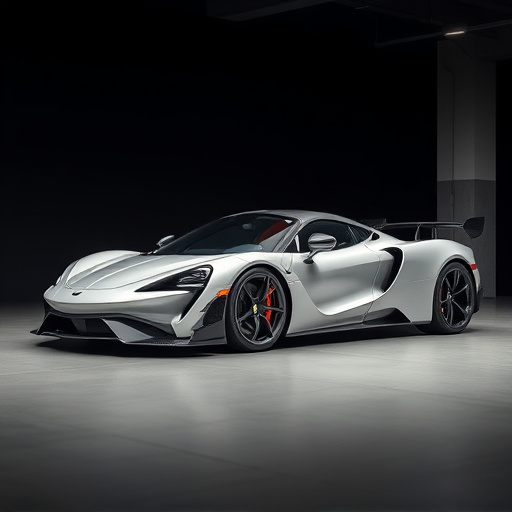When comparing dry filter vs oiled filter intakes, key differences exist in functionality, cost, and performance. Dry filters are affordable, easy to maintain, and efficient at capturing smaller particles, ideal for areas with minimal dust and high-flow rates. Oiled filters, though more expensive initially, use coated fabric media to trap finer debris, making them long-term cost-effective choices for environments with high particulate loads or poor air quality, despite potentially reduced airflow over time. The optimal choice depends on specific driving conditions and environmental factors, influencing vehicle performance and engine longevity.
In the realm of vehicle maintenance, understanding the nuances between dry and oiled filter intakes is crucial. This article delves into the heart of these two prominent dust capacity options, providing a comprehensive guide for car enthusiasts and mechanics alike. We explore the fundamental differences in their design and operation, analyze performance and efficiency through dust capacity comparison, and discuss practical applications, shedding light on the best choices for various driving conditions. Get ready to uncover which filter reigns supreme in capturing airborne debris.
- Dry Filter vs Oiled Filter Intakes: Understanding the Basics
- Performance and Efficiency Comparison: Dust Capacity
- Practical Applications and Considerations for Each Type of Filter
Dry Filter vs Oiled Filter Intakes: Understanding the Basics

When discussing dust capacity comparison, understanding the basics of dry filter vs oiled filter intakes is essential. Dry filters, as the name suggests, rely solely on a mesh or paper medium to capture particles in the air. These filters are typically more affordable and easy to maintain, requiring regular replacement based on usage and the particulate load in the environment.
In contrast, oiled filters use a fabric media that is coated with an oil to trap smaller dust particles. The oil creates a charge that attracts and holds onto fine debris, allowing larger particles to pass through. While more expensive upfront, oiled filters can last significantly longer than dry filters, making them a cost-effective choice in the long run, especially in environments with high particulate loads or when dealing with finer dust particles.
Performance and Efficiency Comparison: Dust Capacity

In the realm of automotive filtration, the debate between dry and oiled filters has been a hot topic. When comparing dust capacity, these two types offer distinct performance and efficiency characteristics. Dry filters, known for their straightforward design, excel at capturing smaller particles due to their tight mesh structure. This makes them ideal for environments with minimal dust or debris, providing a more consistent airflow.
On the other hand, oiled filters have a unique advantage in heavy-duty scenarios. The oil coating allows them to trap finer particles and prevent clogging, ensuring optimal airflow even in bustling conditions. In terms of comparison, dry filters may require more frequent replacement but offer quicker flow rates, while oiled filters provide prolonged service life with potential reduced airflow over time. For off-road enthusiasts or those navigating dusty environments, the choice between dry and oiled filter intakes can significantly impact overall performance and driving experience.
Practical Applications and Considerations for Each Type of Filter

In the realm of automotive air filtration, understanding the distinctions between dry filters and oiled filters is paramount for optimizing engine performance and longevity. Dry filters, as the name suggests, are ungreased and rely on a fibrous media to capture contaminants. These filters are versatile and ideal for cold climates, as they can handle high-flow rates without breaking down. They are also cost-effective and easy to replace, making them a popular choice for everyday driving conditions.
Conversely, oiled filters immerse their media in a thin layer of oil, creating a more intricate barrier against fine particles. This design excels in trapping microscopic contaminants, particularly beneficial in dusty environments or areas with poor air quality. However, they require regular maintenance to ensure optimal performance. The oil bath can also increase pressure drop over time, necessitating more frequent replacement compared to dry filters. These considerations are crucial when deciding between dry filter vs oiled filter intakes for various practical applications, ultimately dictating the suitable choice based on specific driving conditions and environmental factors.
In comparing dry filters and oiled filters for intakes, understanding their distinct capabilities is key. Dry filters excel in performance and efficiency, boasting higher dust capacity, making them ideal for harsh environments. Oiled filters, on the other hand, offer a more controlled flow, proving beneficial in scenarios demanding consistent air quality. Both have practical applications, but the choice depends on specific needs. For optimal performance, consider factors like dust prevalence and desired airflow, ensuring the filter type aligns with your environment’s unique demands.














